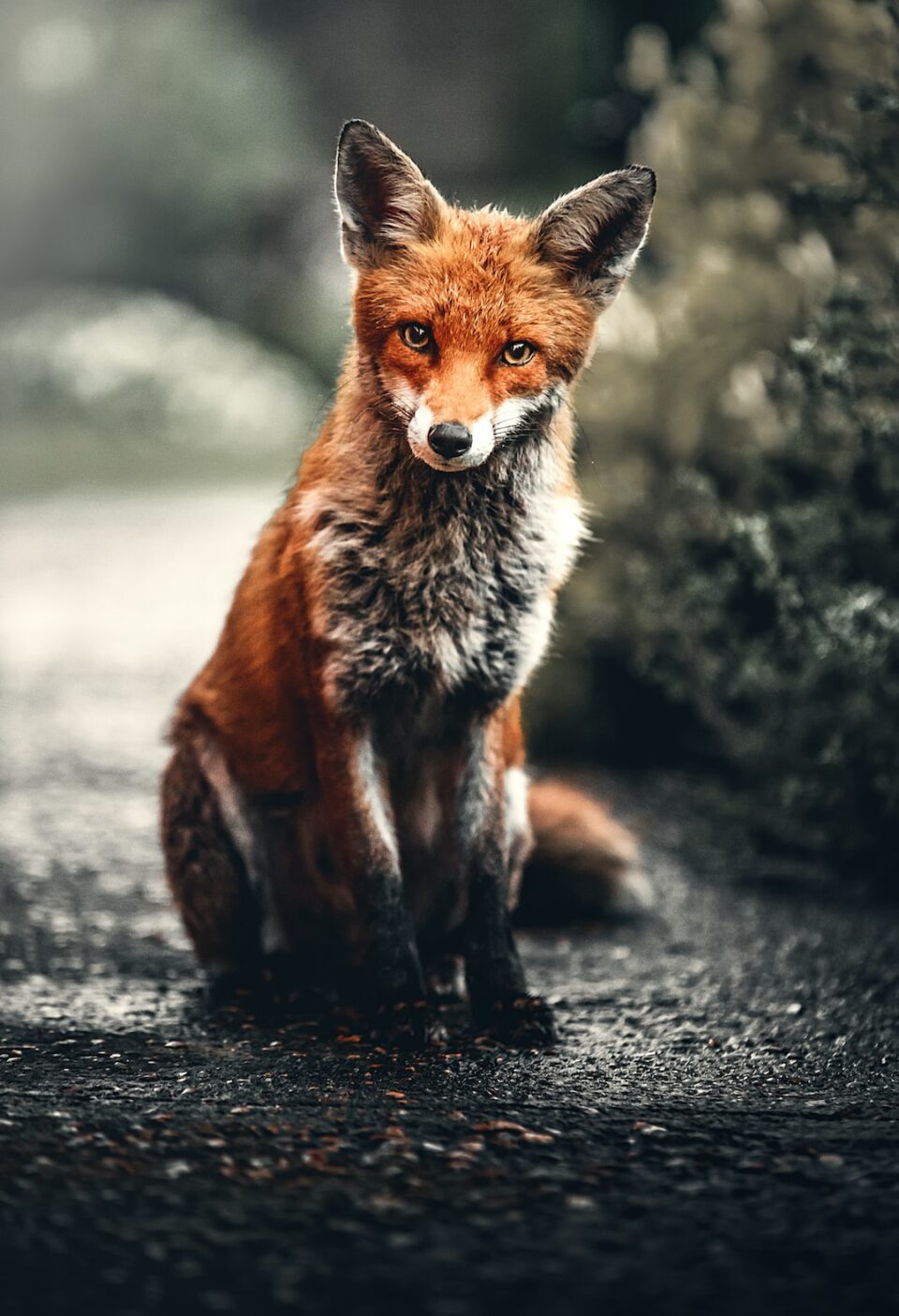The Mighty and Majestic Lions: Investigating the King of the Jungle
When we think of the king of the jungle, the image of a lion immediately comes to mind. Known for their majestic appearance, regal manes, and powerful roars, lions capture our imagination and evoke a sense of awe and fascination. In this article, we will delve into the world of lions, exploring their physical features, social structure, hunting techniques, and conservation efforts.
With their muscular build and golden fur, lions are among the most recognizable creatures on Earth. Adult males boast a distinctive mane, which ranges from blonde to darker shades, while females possess a more streamlined appearance. Weighing between 250 and 400 kilograms (550 to 880 pounds), lions are the second-largest big cat species after tigers. Their powerful forelimbs and sharp claws enable them to subdue and bring down their prey with ease, while their strong jaws and sharp canine teeth help deliver a swift and fatal bite.
Lions are highly social animals, living in groups called prides. A typical pride consists of several related adult females, their cubs, and a few dominant males. These males defend the pride’s territory and are responsible for protection against intruders. The females, on the other hand, often work together in hunting groups to increase their efficiency. This social structure is crucial for their survival, as it allows lions to communicate effectively, share resources, and rear young ones.
With lethal hunting skills, lions employ a combination of stealth, strategy, and teamwork to secure their meals. As nocturnal predators, they primarily hunt at night, employing their exceptional night vision to their advantage. Lions use the element of surprise to get as close to their prey as possible before launching a high-speed pursuit. Once in range, they unleash a burst of power and rely on their strength to bring down herbivores such as wildebeest, zebras, and buffalo. The entire pride then gets to feast on the kill, ensuring that everyone has enough to eat.
Despite their status as predators at the top of the food chain, lions face numerous challenges in the wild. Habitat loss, poaching, and human-wildlife conflict have significantly reduced their populations over the years. It is estimated that there are currently fewer than 20,000 lions left in Africa, compared to over 200,000 at the start of the 20th century. This decline has prompted significant conservation efforts to protect and preserve these magnificent creatures.
Conservation organizations, such as the African Wildlife Foundation and Panthera, work tirelessly to conserve lion populations and their habitats. Efforts include anti-poaching initiatives, promoting sustainable land-use practices, and supporting local communities to reduce conflicts between humans and lions. The establishment of protected areas, such as national parks and wildlife reserves, provides safe havens for lions and other wildlife to thrive. Furthermore, tourism centered around lion conservation offers a sustainable economic incentive for local communities to protect these majestic creatures.
In conclusion, lions are undeniably the epitome of strength, majesty, and resilience. Their physical prowess, intricate social structure, and hunting strategies are truly remarkable. However, with their populations declining rapidly, it is imperative that we take action to protect these magnificent animals. By supporting conservation efforts and raising awareness about the challenges lions face, we can ensure that future generations will be able to witness the mighty and majestic presence of the king of the jungle.

